Thanks to digital technologies and devices in dentistry, patients and doctors are able to determine and see the final effect before starting treatment. The integration of many data and images enables a holistic approach to even the smallest problem. What is digital dentistry and why do we use it at Dr Kittel?
What I like most about dentistry is continuous development and following the needs of patients. Their comfort and health are my priority. That is why I consciously decided to work according to the highest world standards. For the most important of them, I consider a holistic approach to the problem and digital dentistry that allows me to do so.
A holistic approach and modern technologies are developing dentistry
Under the slogan of digital dentistry at Dr Kittel there is medical knowledge in the field of dentistry correlated with the latest technological achievements. They take the form of modern devices and computer software. They enable me and my team to communicate more satisfactorily with the patient, be more accurate, work faster and achieve better results than traditional dentistry. Why?
Digital technologies eliminate most human errors and risks, and also allow for full synchronization of the entire treatment process, taking into account all its elements. Specialized software ensures the compatibility of the work of individual doctors involved in the implementation of the treatment plan. The patient, doctors and technicians can determine and see the final effect at the outset. On the way to achieving it, all parties easily communicate on-line, share information, suggestions, consult photos or 3D preview files adequately to the progress of work.
Plaster impression or digital intraoral scan?
For example, until recently, when preparing prosthetic works, I had a plaster impression at my disposal, which I sent to the prosthetic laboratory. There, technicians made a plaster model and prepared prosthetic crowns on its basis. In this process, there may have been incidents affecting the final effect of our joint work (for example, inaccuracy of the impression or mechanical damage to the model). Another aspect was the limited compatibility of prosthetic works with other elements of the treatment plan, e.g. implant placement or diastema removal. Digitization eliminates these disadvantages and makes our work consistent and precise. The intraoral 3D scanner has replaced the impressions disliked by patients and enables the development of a digital impression and model of reconstruction (wax-up). All physicians and technicians participating in the treatment have permanent access to it.
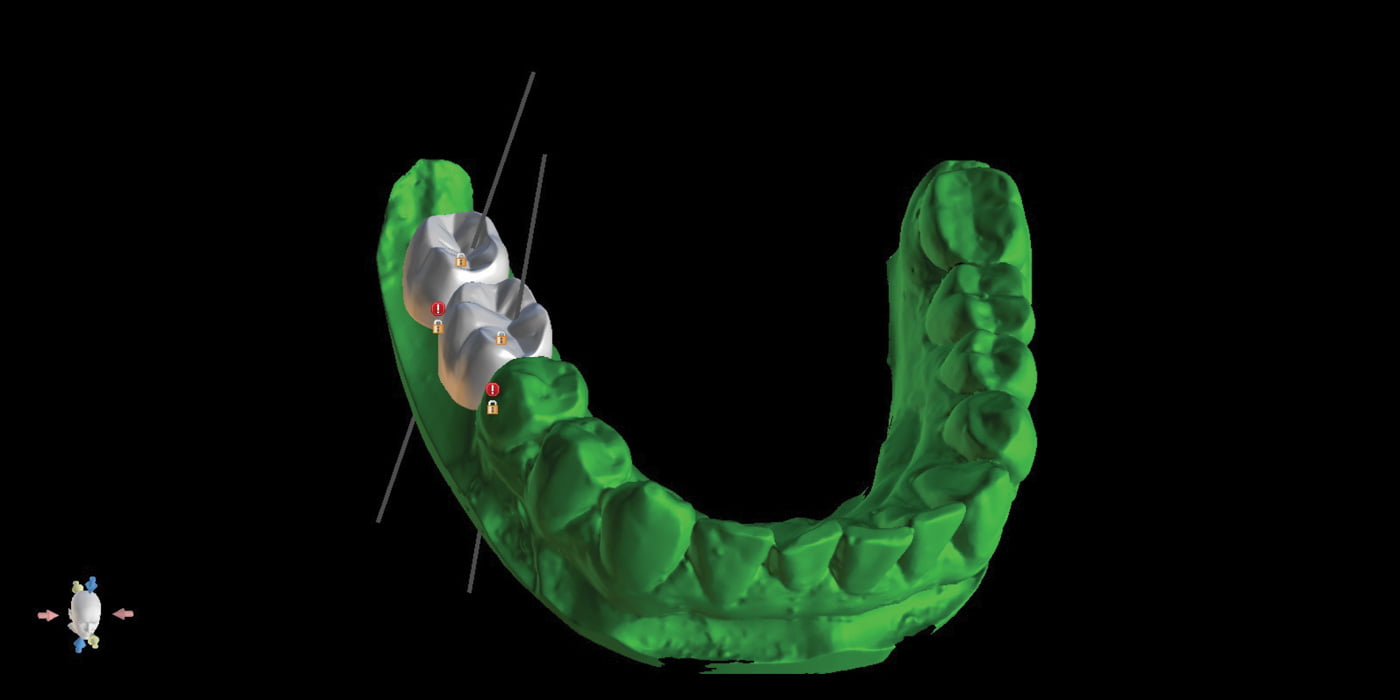
Digital dentistry: from diagnostics to comprehensive occlusal restorations
In fact, until recently, digital dentistry was associated mainly with dental prosthetics, and more specifically with the production of prosthetic restorations in CAD/CAM technology. Today, this concept means much more, although in the case of many dental practices, the digitization process has still not achieved significant progress. To a large extent, this is due to the lack of equipment and qualifications of doctors. In our clinic, digital dentistry is used in virtually every area of work and is a staple connecting various specialties.
Digital Diagnostics
Let's start with the diagnostics. In computed tomography, we perform extremely precise radiological examinations in 3D, covering all structures of the facial skeleton and send them to the computer. Together with digital photographs and intraoral scans, they are the basis for further work and simulations of the course and effects of treatment. Integration of data from several devices (computer tomograph, camera, intraoral scanner, photo camera or 3D face scanner) gives us a full, three-dimensional image of the patient's dentition and structures in the patient's face. In this way, we quickly and precisely transfer to the computer all the information we need about the patient. In this way, we quickly and precisely transfer to the computer all the information we need about the patient. Together with the whole team, we use it at further stages of work.
Implants and comprehensive prosthetic restorations
In implantology and implantoprosthetics special software enables e.g. creation of surgical templates. They precisely determine the location of the implanted implant. In orthodontics 3D digital intraoral scanning allows images to be fed into software that calculates various types of indicators. They are needed for precise orthodontic treatment planning by the doctor. We create virtual occlusal analyzes and simulations of treatment effects, including optional extractions and future tooth root alignment. The patient sees the final effect of the treatment on his face in the computer even before putting on the camera. There are also tools for digital monitoring of the progress of orthodontic treatment. Thanks to them, the patient has a chance to do documentation at home and anywhere in the world (so-called dental monitoring), staying online with the doctor using a special application.
Before aesthetic dentistry procedures, we are able to design the future smile together with the patient, including the exact shape and color of the teeth. We work on a photo of the patient's face on the computer screen. Seeing the future version of himself, the patient is sure of the effect of the treatment before he even sits down on the chair.
Finally, digital dentistry is widely justified in prosthetics , where we use a whole range of digital tools. Computer programs allow for a detailed analysis of the face and shape of future teeth. Digital scans, impressions, reconstruction projects (wax-up), virtual smile visualizations, 3D prints and milling machines – these are just some of the elements of the whole process.
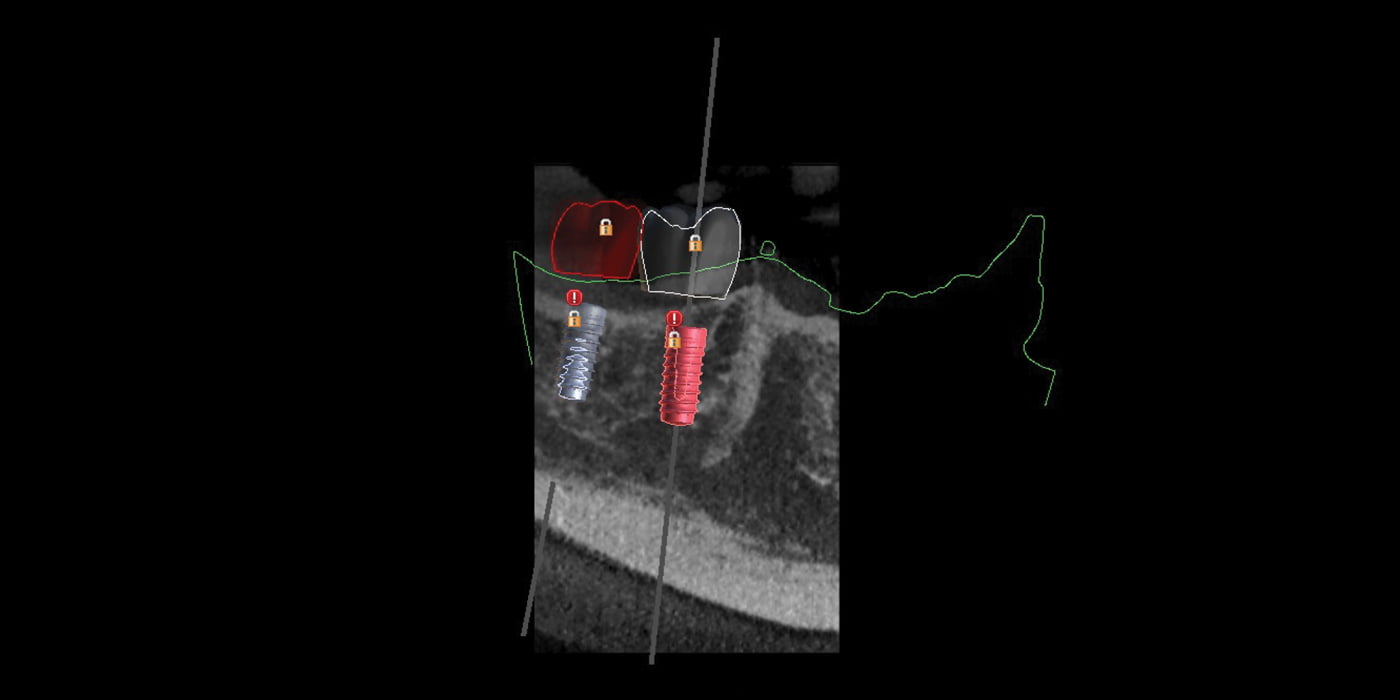
The future belongs to digital dentistry
As a doctor with over 20 years of experience in treating various cases - from single-tooth reconstruction to comprehensive implant-prosthetic restorations of the occlusion, I can confidently say that digital dentistry provides excellent precision, accuracy of results and speed of action. Modern intraoral scanners work with an accuracy of 20 microns, while a human hair is about 100 microns thick! The advantage is also the possibility of avoiding possible human errors. Digital dentistry also means better treatment planning before it starts. This is very important from the patient's point of view.
CAD-CAM technology
Undoubtedly, digital dentistry is the future of dentistry, which is happening before our eyes today. Its individual elements, such as intraoral scanners or CAD-CAM technology, are becoming more and more common. Others, such as specialized software facilitating implant prosthetic work or virtual monitoring of orthodontic treatment, are used by selected dentists. Still others, such as the electronic facebow or the registration of dynamic occlusion by an intraoral scanner, require further development and are rather a thing of the future in common use. Constant tracking of the development of novelties in this field and parallel self-improvement remain crucial, which we are constantly doing at Dr. Kittel's clinic.

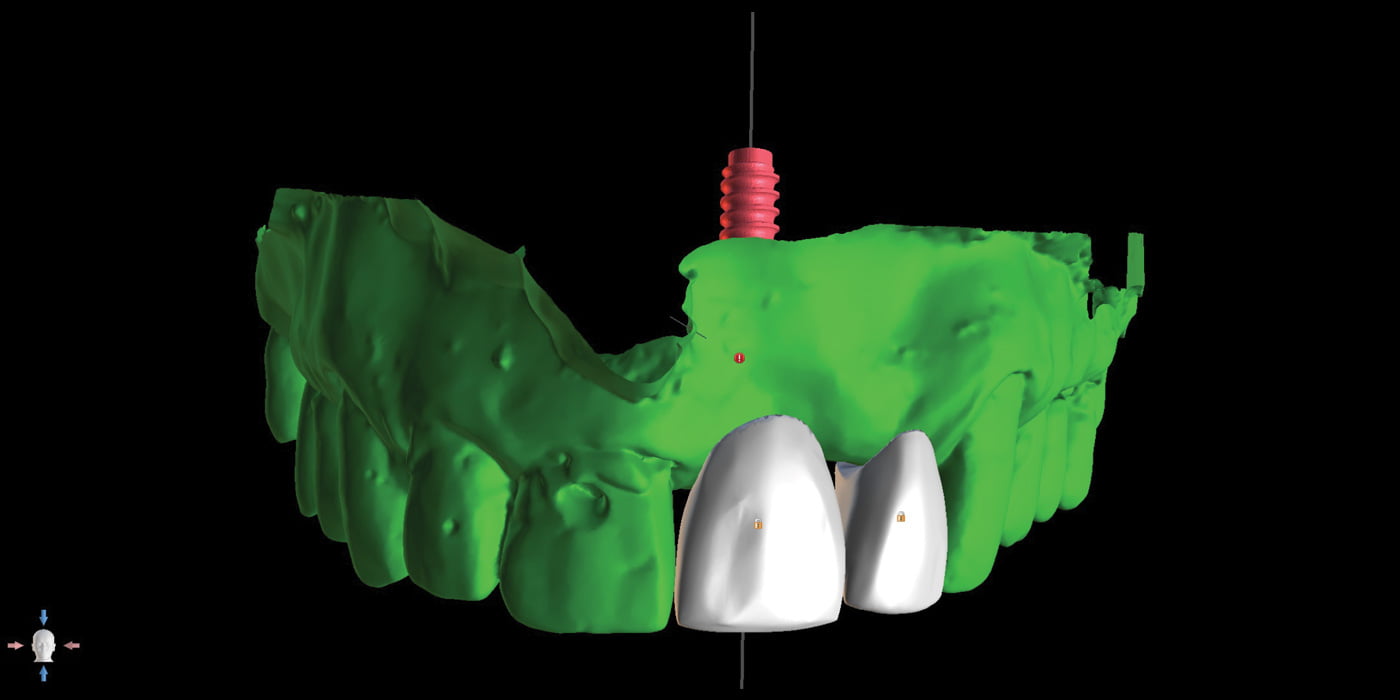

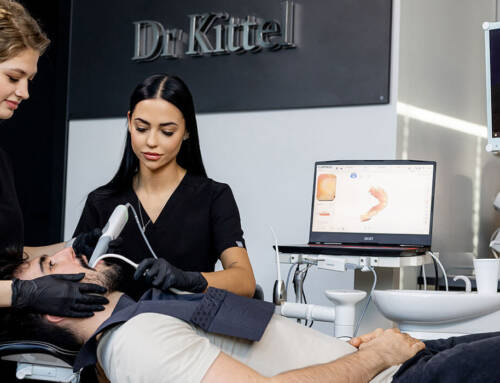

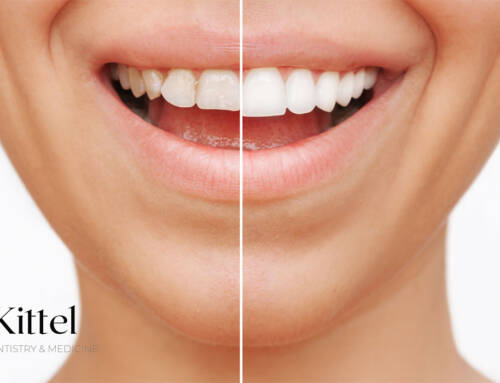

Przeczytane z zainteresowaniem.Pozdrawiam.